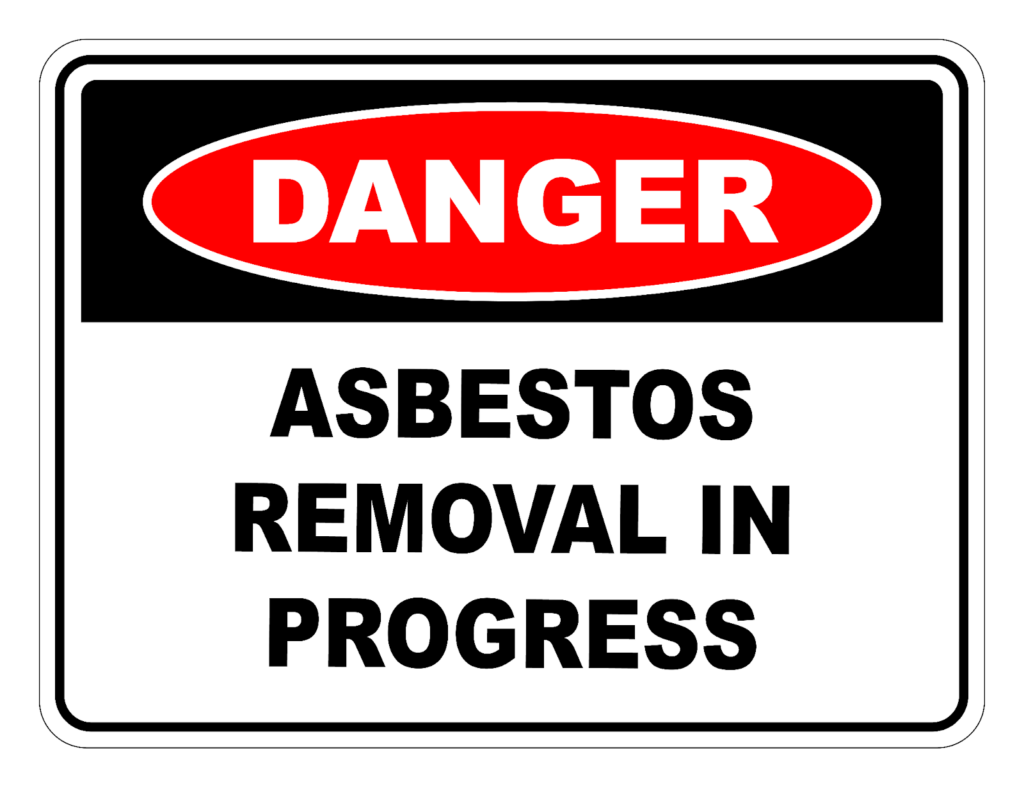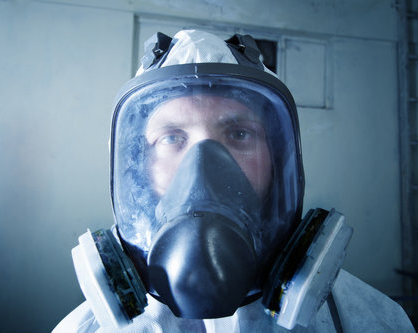
Asbestos air sampling, also known as asbestos air monitoring, is critical in managing and mitigating the risks associated with asbestos exposure. Across Australia, regulations and guidelines dictate when and how to conduct asbestos air sampling. This article explores these regulations, drawing insights from Queensland’s approach as an illustrative example.
Understanding Asbestos Air Sampling
Asbestos air sampling involves airborne asbestos fibre sampling to assess exposures and the effectiveness of control measures. This process includes different types of monitoring, such as exposure, control, and clearance monitoring. These procedures are designed to ensure the safety of individuals in environments where asbestos is present, either during its removal or when it’s part of existing structures.
When is Asbestos Air Sampling Required?

In general, asbestos air sampling is mandatory for all friable asbestos removal. The process must encompass the asbestos removal area, including inside enclosures, and is carried out at various stages:
- Immediately before commencing removal work, except when using glove bags.
- During the removal work and at other times as decided by an independent licensed asbestos assessor.
- After work on the asbestos has been completed and the area decontaminated.
- Prior to any enclosures being dismantled.
Air monitoring is not always necessary for non-friable asbestos material removal or during asbestos-related work. However, it is considered good occupational hygiene practice and is required if there is uncertainty about exceeding the exposure standard for asbestos.
Who is Responsible for Arranging Air Monitoring?
The responsibility for arranging asbestos air sampling falls to those conducting a business or undertaking. In cases of asbestos removal work requiring a class A asbestos removal licence, an independent licensed asbestos assessor must undertake the air monitoring. This responsibility also extends to domestic premises where such removal work is carried out.
Air Monitoring During Asbestos Removal
All asbestos air monitoring must be conducted by an independent licensed asbestos assessor who has experience in the asbestos removal industry and is competent with monitoring equipment. Occupational hygienists or individuals with specific training in asbestos assessments are typically suited for this role.

Types of Asbestos Air Monitoring
Control Monitoring: This involves using static or positional instruments to measure airborne asbestos fibres in an area during work on asbestos-containing material. It helps assess control measures’ effectiveness but does not indicate actual occupational exposures.
Exposure Monitoring: This involves taking air samples within the breathing zone to determine a person’s exposure to airborne asbestos fibres. It is essential in occupational environments for estimating time-weighted average exposure.
Clearance Monitoring: Conducted after asbestos removal work to ensure the area’s air is below the acceptable level of airborne asbestos fibres.
Analysing Air Monitoring Samples
A NATA-accredited laboratory accredited for the relevant test method should review samples collected during asbestos air sampling. This ensures the accuracy and reliability of the results.
Communicating Air Monitoring Results
The results of asbestos air sampling must be communicated effectively to all relevant parties, including workers, health and safety representatives, and others potentially exposed to asbestos fibres.
Consulting Global Asbestos Audits
Navigating the complexities of asbestos air sampling requires expertise. Global Asbestos Audits specialises in providing comprehensive asbestos management services. Consulting with experts like Global Asbestos Audits ensures adherence to regulatory requirements and the safety of all individuals involved in asbestos-related activities.
Asbestos air sampling is crucial to asbestos management and compliance with Australian regulations. Whether for friable or non-friable asbestos, engaging the services of experts like Global Asbestos Audits can ensure that your asbestos management practices are safe, compliant, and effective. Safety and compliance are paramount when dealing with asbestos, and professional guidance is crucial in achieving these objectives.

